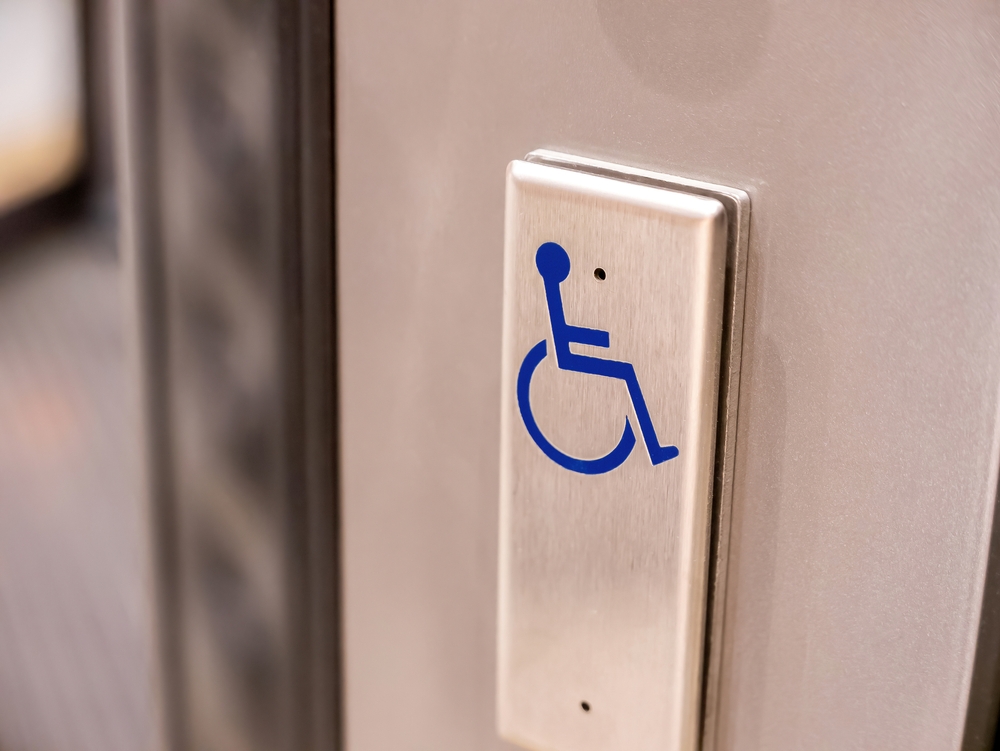ADA Compliance is a Must: Why an Accessibility Study Protects Your Business

ADA compliance is more than a legal checkbox—it’s a business imperative. In the commercial real estate and business sectors, especially in Montana where legal enforcement has become more pronounced, an ADA compliance inspection for commercial buildings is no longer optional. An accessibility study ensures your property is legally compliant, safe, and welcoming to all. It shields you from lawsuits, enhances your reputation, and can even improve your bottom line. In this blog, we explore why businesses should prioritize ADA compliance and how an accessibility study serves as your first line of defense and strategy for inclusion.
ADA Compliance: The Legal and Social Framework
The Americans with Disabilities Act (ADA) was enacted in 1990 to prohibit discrimination against individuals with disabilities in all areas of public life. This includes jobs, schools, transportation, and, critically, all public and commercial buildings. For businesses in Montana and nationwide, this means adhering to strict guidelines related to physical access and usability. The law covers entrances, restrooms, parking spaces, signage, and even website accessibility in some cases.
Failure to comply with ADA standards doesn’t just result in minor penalties—it can bring lawsuits, federal investigations, and significant financial damages. In Montana, ADA enforcement actions are increasing, especially in rapidly developing commercial zones where older buildings are being repurposed or expanded. Many business owners are unaware that even small infractions—like a ramp that is a few degrees too steep or a bathroom lacking appropriate handrails—can lead to a claim.
An ADA compliance inspection for commercial buildings in Montana offers an objective evaluation of your property. A certified professional reviews your premises against ADA standards and creates a detailed report, identifying where updates or corrections are needed. This process not only ensures legal compliance but also enhances your building’s functionality and accessibility, benefiting all patrons.
Accessibility Studies as a Strategic Investment
Conducting an accessibility study is often viewed as a defensive move—a way to avoid lawsuits. But forward-thinking businesses in Montana see it differently: as an investment in their property, people, and brand. Accessibility is not just for those with visible disabilities. It benefits a wide range of individuals including aging populations, parents with strollers, and individuals recovering from surgery or injury.
A proper ADA compliance inspection for commercial buildings also highlights elements of universal design—principles that make spaces easier and safer for everyone. For example, automatic doors, wider hallways, clear signage, and proper lighting don’t just satisfy legal requirements; they improve the customer experience.
Moreover, being proactive about accessibility helps build public trust. In a digital-first age where customer sentiment is broadcast on social media and review platforms, businesses seen as inclusive and accommodating gain a competitive edge. Imagine the impact of a Google review praising your building’s accessibility and customer care versus a scathing review detailing an unpleasant experience for someone with mobility issues. That visibility matters.
An accessibility study empowers your business with a roadmap. It allows you to plan upgrades strategically, prioritize high-risk areas, and potentially phase costs over time. For businesses operating under budget constraints—a common scenario in Montana’s small towns and rural areas—this can be the key to maintaining compliance without financial strain.
Legal Protections and Risk Mitigation
The most immediate and measurable benefit of an accessibility study is legal protection. Across the United States and in Montana specifically, the number of ADA-related lawsuits has steadily risen. Often, these cases are brought by “serial plaintiffs” who file multiple lawsuits across different counties or regions. Their target? Non-compliant businesses, especially those who haven’t undergone a recent ADA compliance inspection.
Lawsuits are costly. Even if you settle out of court, you’re looking at attorney fees, mandated remediation costs, and potential reputational damage. Worse still, ADA violations can attract media attention, especially if the complaint is high-profile or the business is a cornerstone of a small community. In Montana’s tight-knit towns and cities, bad press travels fast.
An accessibility study acts as a legal shield. If you’re ever faced with a claim, showing documentation that your property has been evaluated—and that a remediation plan is in place—can make a crucial difference in the eyes of the court. Judges and enforcement agencies are often more lenient toward businesses that show they are actively working toward compliance, even if the work is not yet completed.
Some property insurance carriers even offer reduced premiums for buildings that have undergone ADA inspections and remediations. It’s worth asking your broker if such benefits exist. In effect, the cost of the study may be offset by the savings in legal fees, insurance premiums, and risk mitigation.
ADA Compliance in Montana: A Local Imperative
Montana presents a unique landscape for ADA compliance. With a mix of historic buildings, newer developments, and rural properties, commercial building owners often face diverse challenges. Many properties were built long before the ADA was enacted, meaning retrofitting is not just a matter of repainting parking lines but may involve more substantial renovations.
Local governments in Montana are becoming more aggressive in enforcing ADA standards, especially in tourism-heavy areas like Bozeman, Missoula, and Billings. These cities attract a wide variety of visitors, and the expectation for accessibility is growing. Moreover, grants and public funding for community redevelopment often come with strict ADA stipulations. Without a compliance inspection, you may be ineligible for certain funding opportunities or licenses.
For businesses applying for city permits, public contracts, or commercial property upgrades, an ADA compliance inspection for commercial buildings can serve as a valuable prerequisite. Some counties in Montana are even considering legislation that would make periodic ADA evaluations mandatory for certain types of properties, especially those that serve public or high-traffic areas.
Additionally, Montana’s growing population of retirees and veterans makes accessibility more than a legal issue—it’s a demographic necessity. According to the U.S. Census Bureau, approximately 14% of Montana residents live with a disability. Ignoring that segment of the population is not only unethical—it’s bad business.
Long-Term Business Gains Through Accessibility
While the legal and reputational benefits of ADA compliance are compelling, the long-term financial gains can be even more persuasive. Accessibility opens the door—literally and figuratively—to a larger customer base. People with disabilities, their families, and caregivers often make purchasing decisions based on ease of access. A business known for being ADA-compliant can develop strong customer loyalty within these communities.
Property value also increases when accessibility upgrades are made. Investors, realtors, and prospective tenants view ADA-compliant buildings as lower-risk and more attractive. In Montana’s commercial real estate market, which has seen growth in both urban centers and suburban business districts, a compliant building stands out. As accessibility becomes a standard expectation rather than a luxury, non-compliant buildings may see depreciation or increased vacancy rates.
From a staffing standpoint, ADA compliance ensures a safer and more productive work environment. Employees who face temporary or long-term disabilities benefit from accessible features, and employers gain from reduced workers’ compensation claims, better morale, and lower turnover. Accessibility supports diversity, equity, and inclusion initiatives—key values for modern businesses aiming to attract top talent.
ADA compliance also aligns with sustainable design and smart building strategies. Features like curb cuts, hands-free faucets, and motion-sensor lights are not just ADA-friendly—they also support energy efficiency and public health. By integrating accessibility into your building’s broader modernization strategy, you future-proof your property for evolving codes and market expectations.
Conclusion
In today’s business environment, accessibility is non-negotiable. An ADA compliance inspection for commercial buildings in Montana is not just a legal requirement—it’s a smart business move. An accessibility study protects your business from legal action, enhances your property’s value, improves customer experiences, and supports community inclusion.
Whether you’re a small business owner in Missoula or a commercial property developer in Billings, investing in an ADA compliance inspection is a step toward responsible, inclusive, and future-focused operations. It’s not just about avoiding penalties—it’s about building a business that welcomes everyone. And in doing so, you secure not only peace of mind but also a sustainable path to long-term success.
